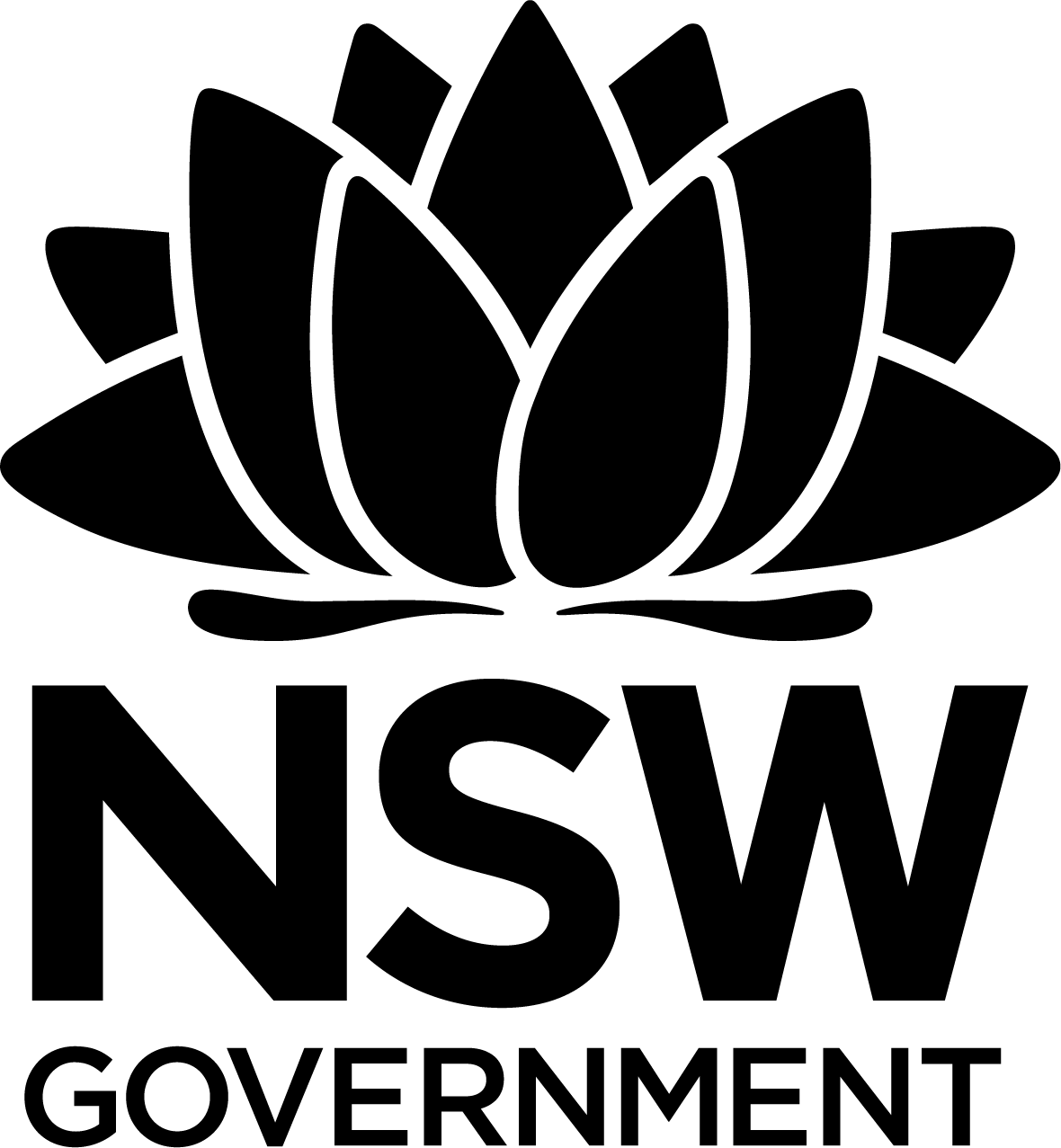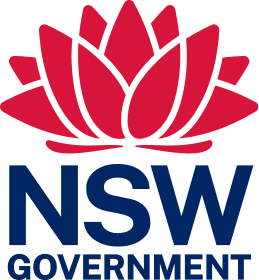
Crown land manager resource
Emergency management
Crown land managers (CLMs) must be prepared for emergencies on Crown reserves. Having a plan for emergency management can help reduce the impact of an emergency, saving lives and property. The following information for CLMs provides guidelines, responsibilities and obligations with regard to preparing for and managing emergencies.
What is an emergency?
An emergency can be defined as an event, actual or imminent, which endangers or threatens to endanger life, property or the environment, and which requires a significant and coordinated response.
Such events could be any of the following:
|
|
Avoiding emergencies
A number of emergency situations can be prevented, or their impact reduced, if the CLM is prepared. For example, fulfilling fire safety obligations reduces the chance of a grandstand being destroyed by fire.
In some cases emergencies cannot be avoided, for example natural events such as earthquakes or floods. However, even in these cases the impact can be reduced if emergency management measures are put in place before the event occurs.
This guideline also advises on possible assistance available to reserves that have been impacted.
Emergency risk management
It may be appropriate to undertake an emergency risk assessment similar to that detailed under risk management – using an Identify, Assess, Control and Monitor process. This will allow the CLM to analyse the potential for emergency situations to occur within both the reserve and the wider area surrounding the reserve. It will also guide the CLM on appropriate measures for mitigation of the risk of an emergency, and the development of emergency procedures.
Developing emergency procedures
Developing and implementing emergency procedures before an emergency occurs can minimise harm and disruption and ensure that all CLM members, employees, contractors and volunteers are aware of their responsibilities in the event of an emergency situation arising.
Plan of management
Where a CLM has a plan of management in place, it can be another source of assistance in dealing with or avoiding emergencies. Plans of management should identify relevant stakeholders, issues affecting the CLM, its responses to those issues, and the management of emergency situations.
CLM duties
The primary responsibilities of a CLM in an emergency situation relate to the protection of:
- CLM members, employees, contractors, volunteers and visitors
- reserve property
- other landholdings and property bordering the reserve.
An emergency management checklist (as per below table) details the key duties in relation to emergencies on the reserve. The objective of such a checklist is to ensure the CLM is prepared in times of emergency. This includes forming and implementing an emergency response plan, making everyone aware of their roles and responsibilities, maintaining up-to-date contact lists, and communicating potential dangers to users of reserve property.
Any emergency plan should be updated regularly (e.g. annually), to ensure that it is accurate (e.g. emergency contacts are up to date), reliable (e.g. land and buildings are accurately described) and practical (e.g. clearly defines roles and responsibilities during an emergency).
Signage detailing emergency procedures may be appropriate at the entrance to some reserves. Signs should include the relevant information from the emergency management plan and should be practicable and suitable for the reserve type.
Emergency management checklist
Before an emergency |
|
|
|
|
|
|
|
|
During an emergency |
|
|
|
|
|
|
|
|
After an emergency |
|
|
|
In addition to the emergency management checklist, guidance on how to develop a detailed emergency plan is available from the Australian Government’s website.
Emergency services use of Crown reserves
Crown reserves, such as showgrounds, may need to be used by emergency service agencies to undertake operational activities. This could include using Crown reserves as staging and evacuation areas, as well as locations for disaster recovery efforts. CLMs may be directed by the department or other government agencies to provide access to reserves they manage during these events.
Costs incurred in setting up an evacuation centre or assembly area can be claimed by a CLM if:
- the event has been declared a natural disaster by the NSW Government; and
- a NSW Government agency has requested that an organisation sets up an evacuation centre/assembly area on the reserve.
Eligible expenditure can be claimed as outlined in the NSW Disaster Assistance Guidelines, that includes:
- land, air or water transport organised by response or recovery agencies
- provision of essential goods or services to stranded individuals including essential medical personnel and technicians, equipment (e.g. generators and pumps) and other goods (e.g. food, water, groceries, shelter, fuel)
- establishing, operating and decommissioning assembly areas and/or evacuation centres including lighting, food, water, toilets, temporary shelter, bedding, office and communication equipment.
If a CLM voluntarily opens an evacuation centre/assembly area without any direction from the lead agency, reimbursement of costs may not be covered.
Disaster assistance and funding
The department provides support to CLMs to assist with disaster recovery. In the first instance, Contact us.
The department will assist eligible CLMs with insurance claims from the NSW Government’s Treasury Managed Fund. Find out more about insurance coverage and the claim process in the insurance section.
Other funding options from the department may be available to assist with recovery efforts in the event that insurance will not cover repair costs. Other types of non-financial support may also be available to CLMs depending on their specific needs or circumstances of the disaster.
General information on disaster assistance for the broader community is available on the NSW Government’s Office of Emergency Management website.
Lessons learned – the debrief
Following an emergency it can be valuable to conduct a debrief of the situation. This will help to identify what was done well and what could have been done better. Ideally this should take place as soon as possible after the emergency has occurred. The most appropriate person to organise the debrief is the person responsible for formulating and implementing the emergency management plan or the CLM chairperson.
The following principles can be used to guide the debrief and review process:
- include internal and external stakeholders – these could be CLM members, volunteers, employees, other members of the community who were involved, local council staff, departmental officers, etc.
- understand the context – what happened, date and time, general background to the emergency
- agree on the objective – recording actions taken, recognising positive actions, learning from the event
- describe the situation – in some detail, for example:
- when was it first noticed there was a problem?
- who noticed it?
- who did they alert and when?
- who was involved in the situation?
- what was the impact – injuries, damage to/loss of property, cost, etc?
- how will recovery of any losses take place? Who is responsible?
- what would be done differently next time?
- what was done well?
- what can be done to prevent something similar in the future?
- what could be done to reduce the impact of something similar?
- what other emergency situations could arise that we should prepare for?
- Document the results – gather the information and feed it back to the people involved in the process. This documentation should also be used to update the future process for managing such situations.
Regulatory requirements
- State Emergency and Rescue Management Act 1989
- State Emergency Service Act 1989
- Rural Lands Protection Act 1998
- Biological Control Act 1985
- Dams Safety Act 1978
- Fire and Rescue Act 1989
- Contaminated Land Management Act 1997
- Environmentally Hazardous Chemicals Act 1985
- Noxious Weeds Act 1993
- Rural Fires Act 1997
- Community Welfare Act 1987
This Crown land manager web resource was printed on 27 Jul 2024. The information contained in this web resource is based on knowledge and understanding at the time of writing Jul 2024. However, because of advances in knowledge, users are reminded of the need to ensure that the information upon which they rely is up to date and to check the currency of the information by referring to the website (www.reservemanager.nsw.gov.au).
© State of New South Wales through Department of Planning, Industry & Environment 2024.
Page link: https://reservemanager.crownland.nsw.gov.au/using-crown-reserves/emergency-management


